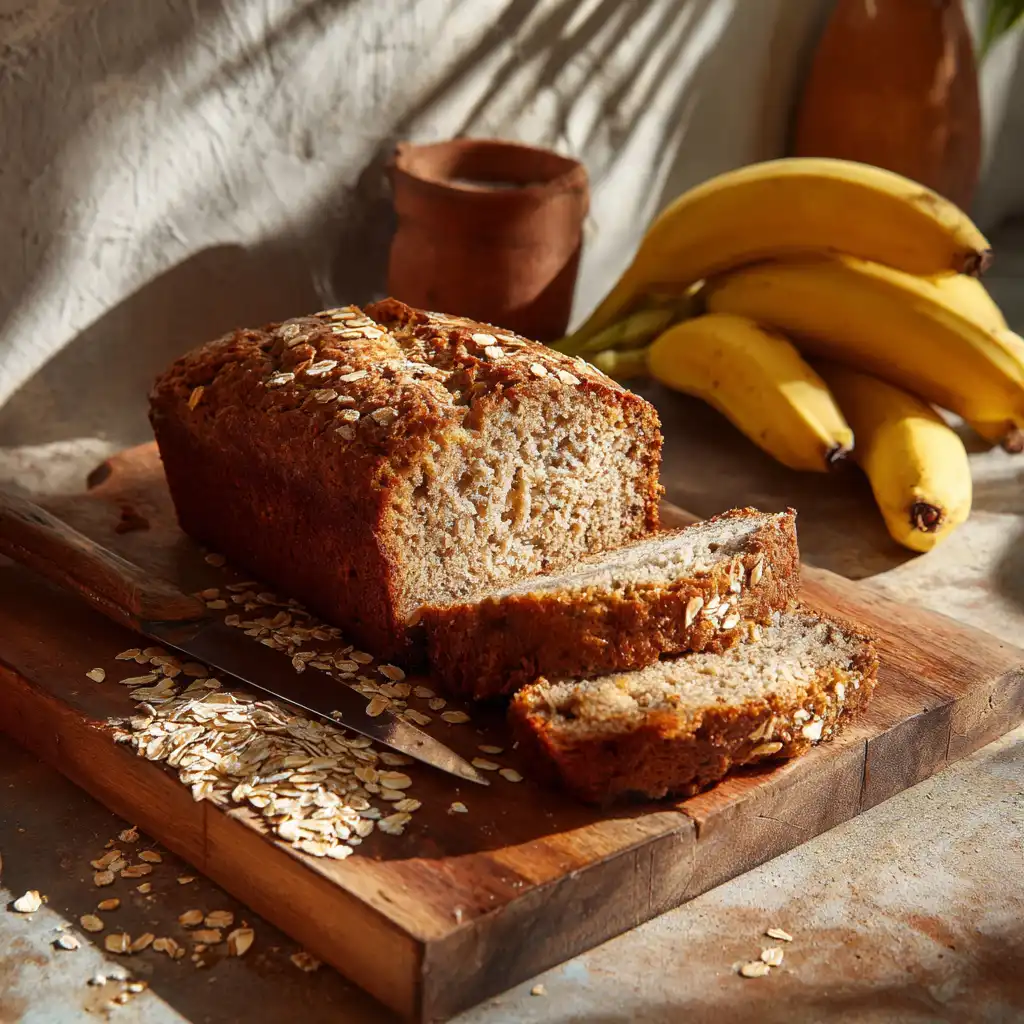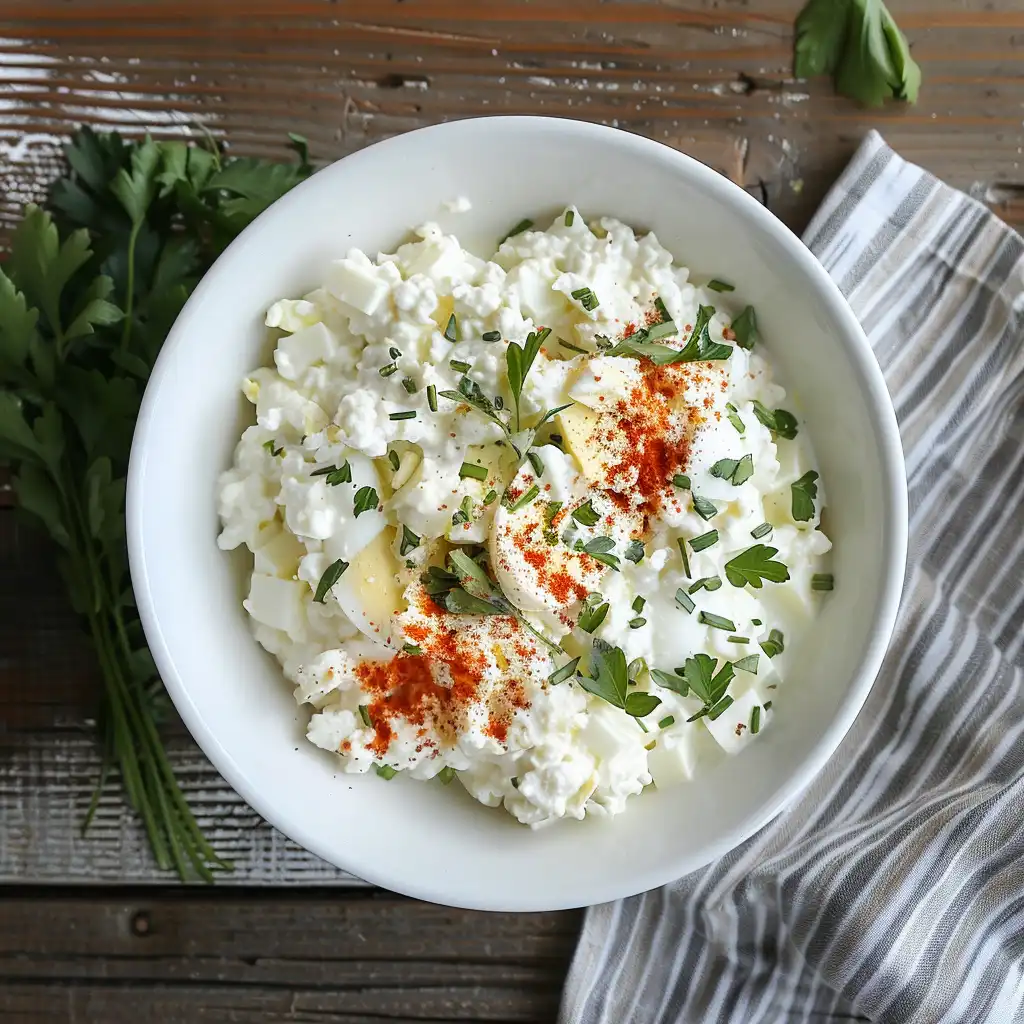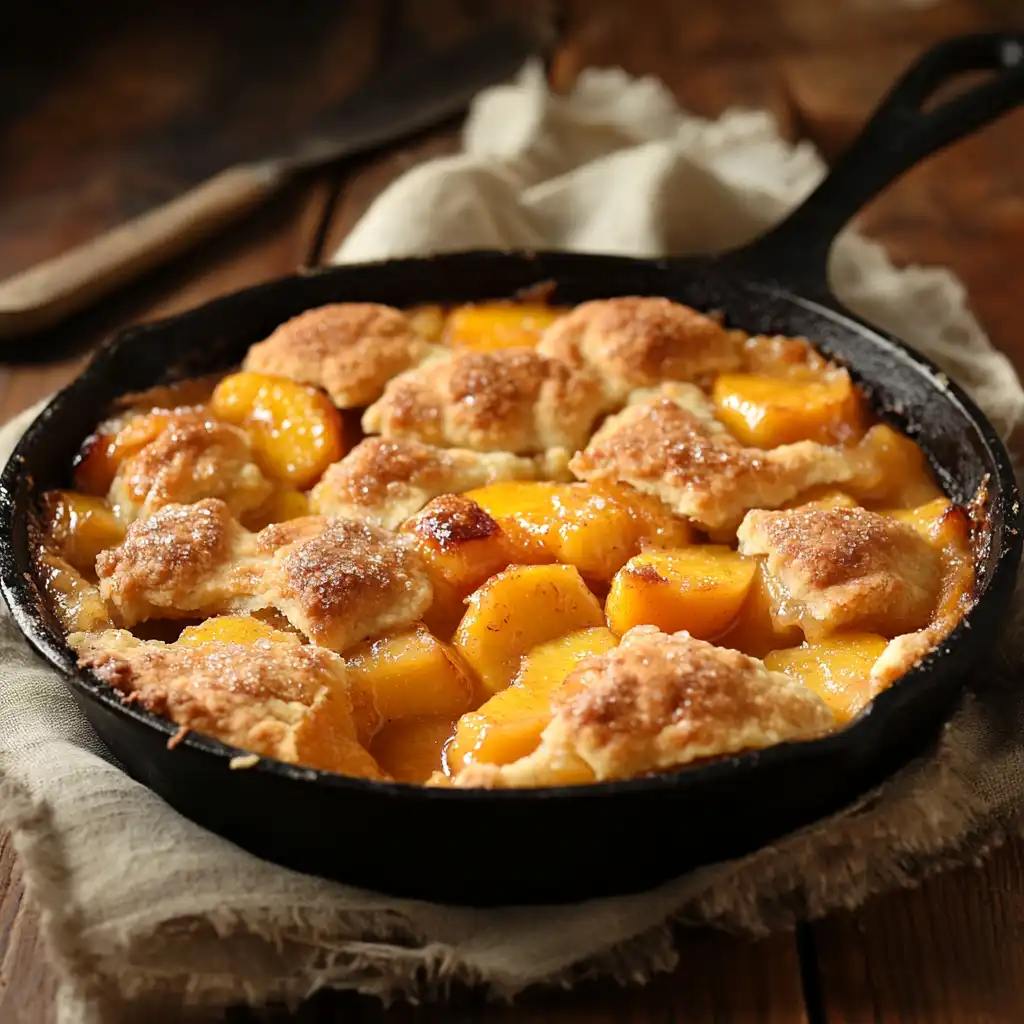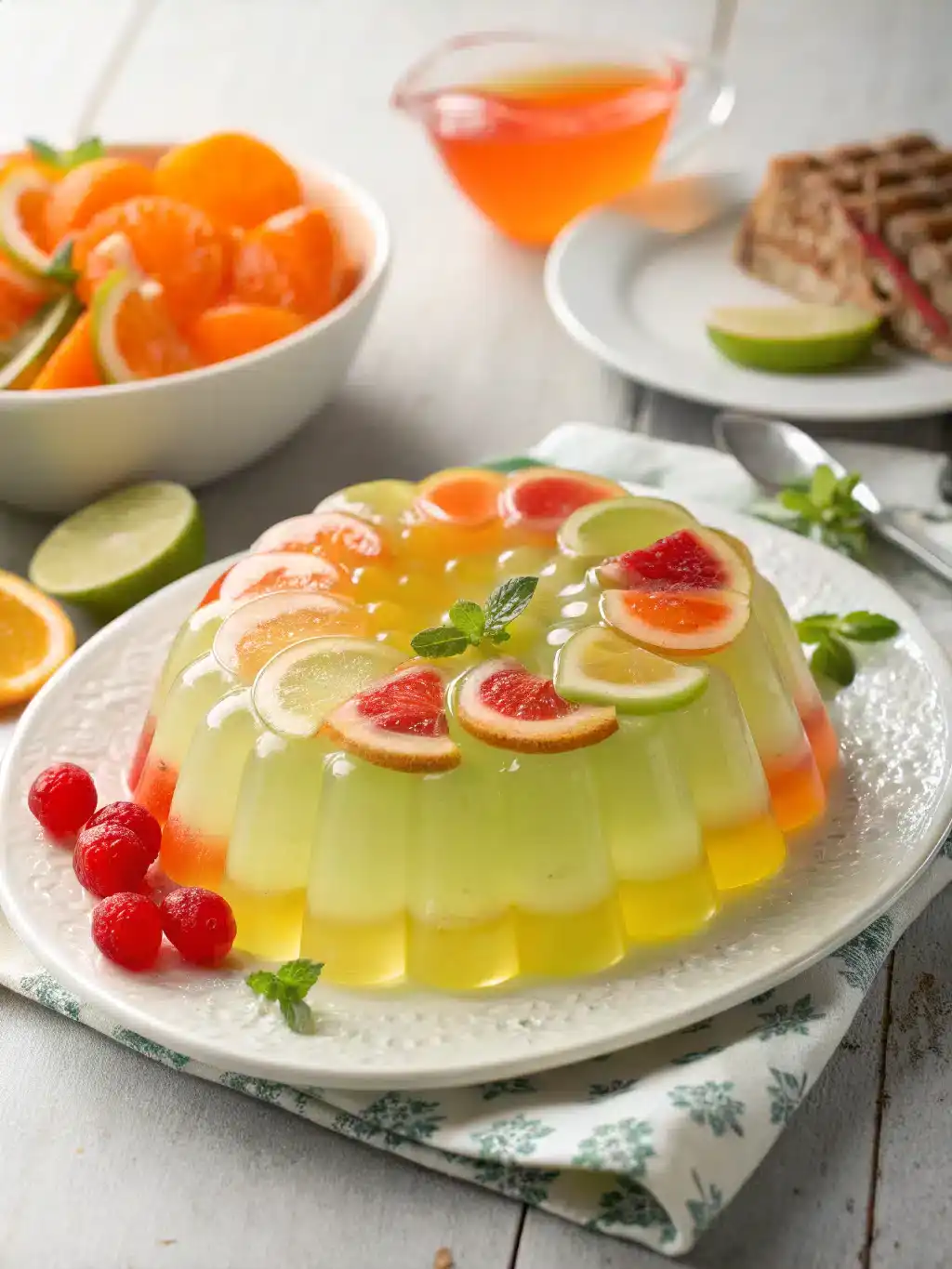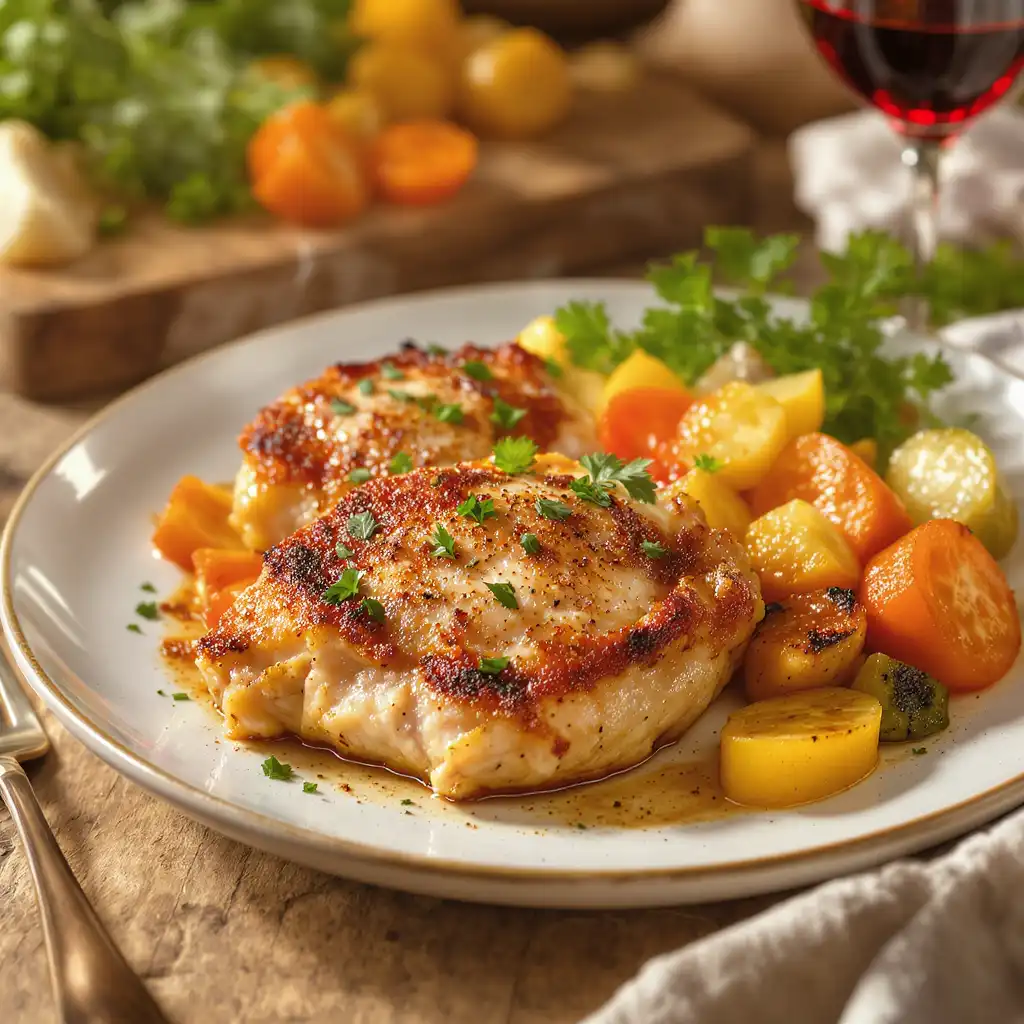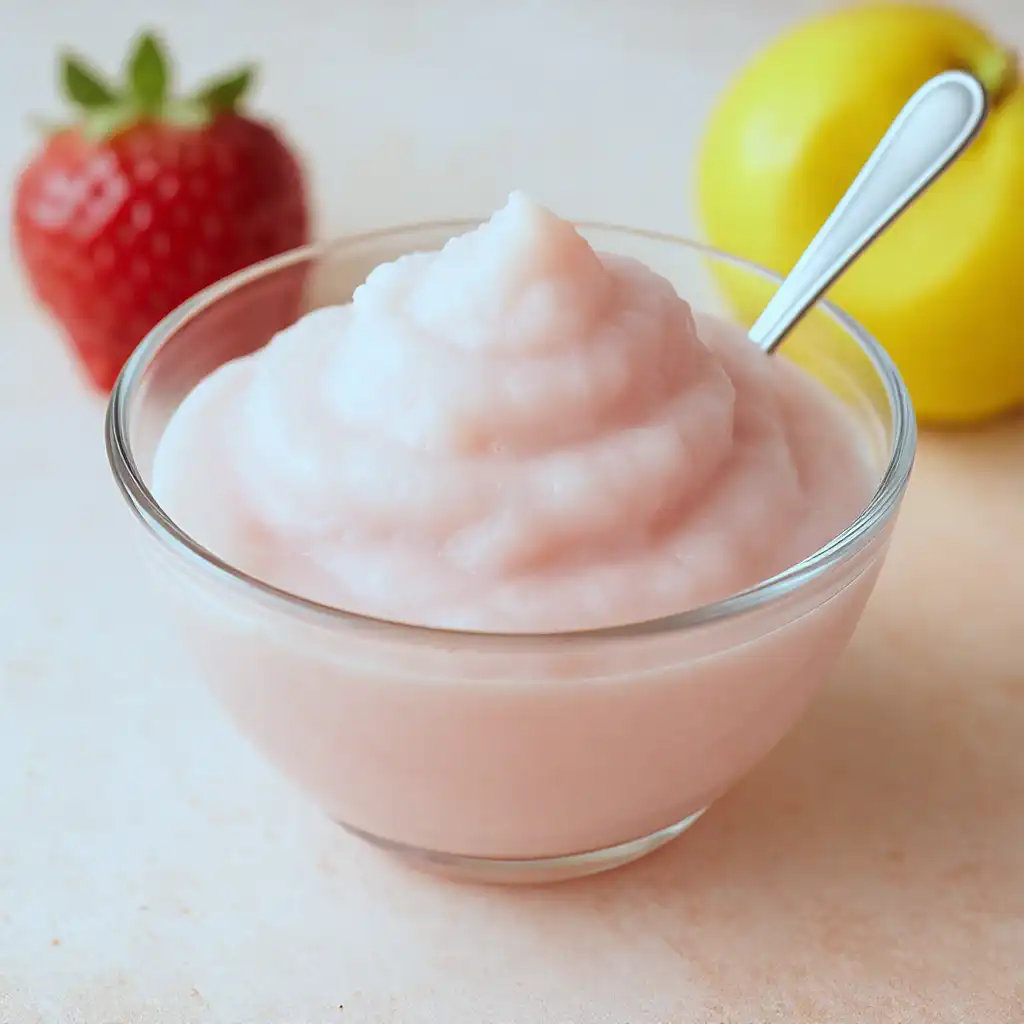Banana bread has always been more than just a cozy kitchen classicit’s nostalgia baked into a loaf. But beyond the comforting flavor and aroma lies a practical question: what’s actually in each slice? Whether you’re counting calories, monitoring carbs, or just aiming to eat smarter, understanding banana bread nutrition data can help you make better food choices without sacrificing your favorite treats.
In this article, we’ll dig into what makes banana bread nutritious (or not), compare it with other baked goods, and see how to enjoy it while sticking to your health goals. We’ll also explore different variations like flourless or protein-packed banana bread that cater to specific dietary needs. So, if you’re asking yourself things like “Can you lose weight and still eat banana bread?” or “Is banana bread healthier than regular bread?” you’re exactly where you need to be.
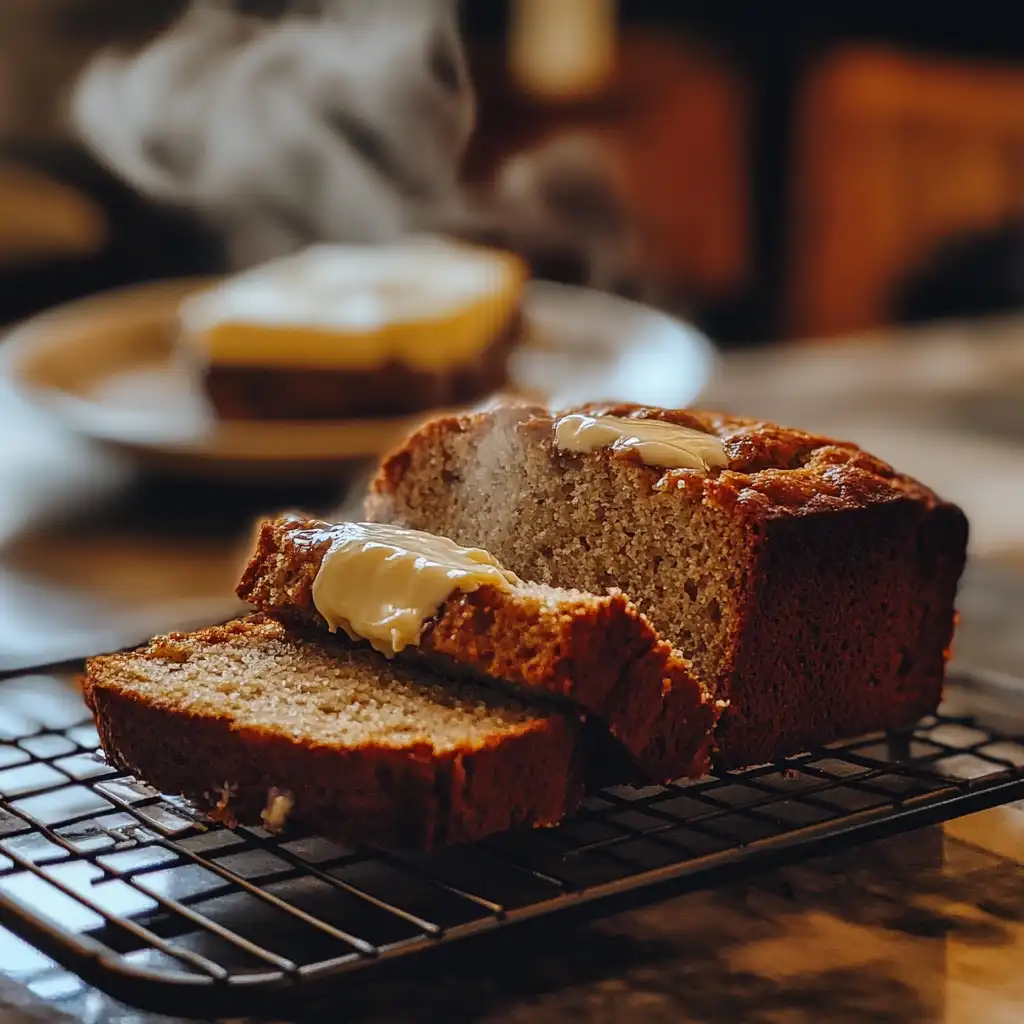
Banana Bread’s Nutritional Breakdown: What’s Really in a Slice?
The beauty of banana bread lies in its simplicity bananas, flour, eggs, and sugar. But that doesn’t mean it’s light on calories. A standard homemade slice (around 60g) can pack 180–220 calories, depending on the ingredients used. Expect around 30–35g of carbs, 1–2g of fiber, and 2–4g of protein. The fat content varies more widely, with 5–10g per slice based on the oil or butter added.
| Nutrient | Per Slice (60g) |
|---|---|
| Calories | 180–220 kcal |
| Carbohydrates | 30–35 g |
| Sugar | 12–18 g |
| Protein | 2–4 g |
| Fat | 5–10 g |
How Ingredients Affect the Nutrition
The beauty of banana bread is how adaptable it is. Use ripe bananas and you’ll naturally need less sugar. Swap out white flour for almond or oat flour and you’ll bump up the fiber and lower the glycemic index. For example, this flourless banana bread is a great option for those managing carbs.
Adding cottage cheese or Greek yogurt can also introduce a creamy richness while packing in protein. Our cottage cheese banana bread is a stellar example of this. These tweaks not only elevate flavor but also shift the nutritional profile in a more balanced direction.
Even portion size matters. Opting for a thinner slice or making banana bread into muffins, like our gluten-free banana nut muffins, helps you enjoy it without going overboard.
Can You Eat Banana Bread and Still Lose Weight?
Smart Strategies for Enjoying Banana Bread on a Diet
You absolutely can enjoy banana bread and still lose weight it just takes mindfulness. The key is portion control and smarter ingredient choices. A thick, café-style slice can easily exceed 300 calories, while a homemade version with reduced sugar and oil can stay around 150–180 calories per slice.

Substituting ingredients is one of the best tools in your weight-loss toolkit. Use unsweetened applesauce instead of oil. Swap sugar for mashed bananas or monk fruit sweetener. Bake it in a muffin tin to naturally control portions. These are tactics we use in recipes like our flourless banana breadwhich is moist, flavorful, and totally refined flour-free.
Timing matters too. Eating banana bread earlier in the day allows more time to burn off those natural sugars. Pairing it with protein (like a boiled egg or Greek yogurt) can help slow digestion, keeping you full longer and preventing a blood sugar crash.
Balancing Macros: Banana Bread That Works for Your Goals
Want your banana bread to support fat loss? Focus on fiber and protein. Ingredients like oats, almond flour, flaxseed, and cottage cheese all contribute to a macro-balanced loaf. Recipes like our cottage cheese banana bread sneak in extra protein without tasting “healthy” in the bad way.
Portion awareness helps too. Stick to one slice (about 60g), and track it in your food log. If you’re following a 1,500-calorie plan, a smart banana bread slice can fit right in especially compared to high-sugar snacks or processed granola bars. For those looking to keep meals extra light, something like our blackened chicken alfredo can be reserved for dinner, while banana bread offers a low-lift, calorie-aware breakfast.
Banana bread isn’t the enemy of weight loss. In fact, with the right tweaks, it’s a satisfying, nourishing option that fits comfortably into your lifestyle.
Building Better Banana Bread for Nutritional Gains
What Makes a Banana Bread Recipe “Healthy”?

Not all banana breads are created equal and that’s a good thing. With just a few swaps, you can transform a sugar-laden loaf into a nutrient-rich powerhouse. Start with the flour: switch from white to oat, almond, or even a gluten-free blend like the one used in our gluten-free banana nut muffins. This instantly adds fiber and can reduce the glycemic load.
Next, reconsider your sweeteners. Ripe bananas already bring a natural sweetness, meaning you can reduce or eliminate added sugars. Use cinnamon or vanilla extract to enhance flavor without extra calories. If you do need sweetening, try maple syrup or honey in small amounts or go completely refined-sugar-free like we do in our 3-ingredient banana bread.
Fat is another opportunity. Instead of butter, use Greek yogurt, mashed avocado, or a bit of coconut oil. These substitutions not only lighten the loaf but also add nutrients like potassium, probiotics, and healthy fats. Even a splash of almond milk helps thin the batter while keeping it dairy-free.
Best Banana Bread Variations for Nutrition Lovers
If your goal is maximizing nutrition per bite, certain banana bread variations shine above the rest. For high protein, our cottage cheese banana bread leads the pack. For gluten-sensitive eaters, the flourless banana bread offers flavor and moisture with zero gluten.
Want a grab-and-go breakfast that feels indulgent but aligns with your health goals? The gluten-free banana muffins give you the convenience of portioned servings with real ingredients. And when you’re short on time, nothing beats the 3-ingredient banana bread for simplicity and clean eating.
Feeling inspired to explore more health-focused meals beyond banana bread? Check out our easy healthy breakfast ideas that pair well with a slice of the good stuff.
FAQs:
Is eating banana bread good for you?
Yes when made with wholesome ingredients like oats, ripe bananas, and less sugar, banana bread can be part of a healthy diet. Look for high-fiber and low-sugar recipes for the best results.
How many calories are in 1 slice of homemade banana bread?
A typical 60g slice of homemade banana bread ranges from 180 to 220 calories, depending on ingredients. Lighter versions may be as low as 150 calories.
Is banana bread healthier than bread?
Not always. Compared to white bread, banana bread is higher in sugar and fat, but when made with nutrient-rich ingredients, it can be more satisfying and offer better fiber and flavor.
Can you eat banana bread and still lose weight?
Absolutely. Choose recipes that are lower in sugar and fat, watch your portions, and fit it into your daily calorie goals.
Conclusion
Banana bread doesn’t have to be a nutritional mystery or a guilty pleasure. With a little intention and the right recipe, it can be a balanced, wholesome part of your day whether you’re starting your morning or needing an afternoon boost. From understanding banana bread nutrition data to choosing the healthiest version for your goals, now you’ve got everything you need to make smarter, tastier choices.
For more recipes join us on my Facebook page.
